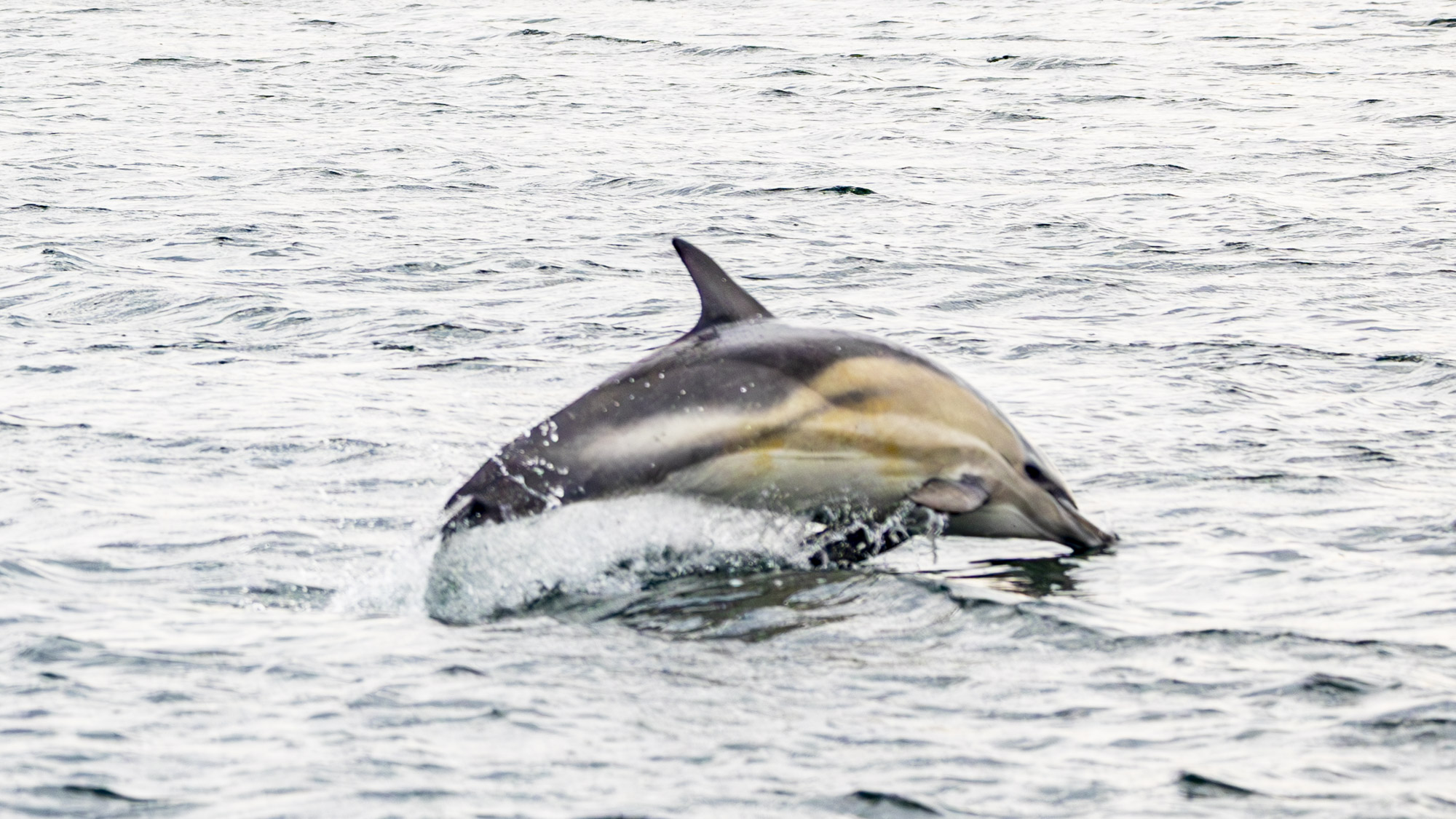Trilleen and I have been pinned in East Loch Roag by a series of weather systems waiting for a passage to Shetland. The meteorology models have offered 25-40kts – at times gusting more than that an 4-6m seas. So I have been exploring some of the loch and spent a week alongside at the shiny new pontoon in Kirkibost (Dubh Tobh) with the intent of doing some work but in practice, I’ve been resting and fretting about the weather.
Where is East Loch Roag?
East Loch Roag is a many lobed loch on the North East of Lewis, with a reputation for remoteness. The entrance is about 40nm from the west of the Sound of Harris, and via a rounding of the Butt of Lewis, 60nm from Stornoway. It was home to a thriving community from neolithic times onwards and the remains of their homes, hearths and monuments remain. The standing stones known as Calanais (Calanish) are in fact only one part of a much wider complex of megaliths, each which rewards visits and study, but the complex of Calanais II NW of Bratanish Mor is most visited, as is the Broch or defended home at Carloway.
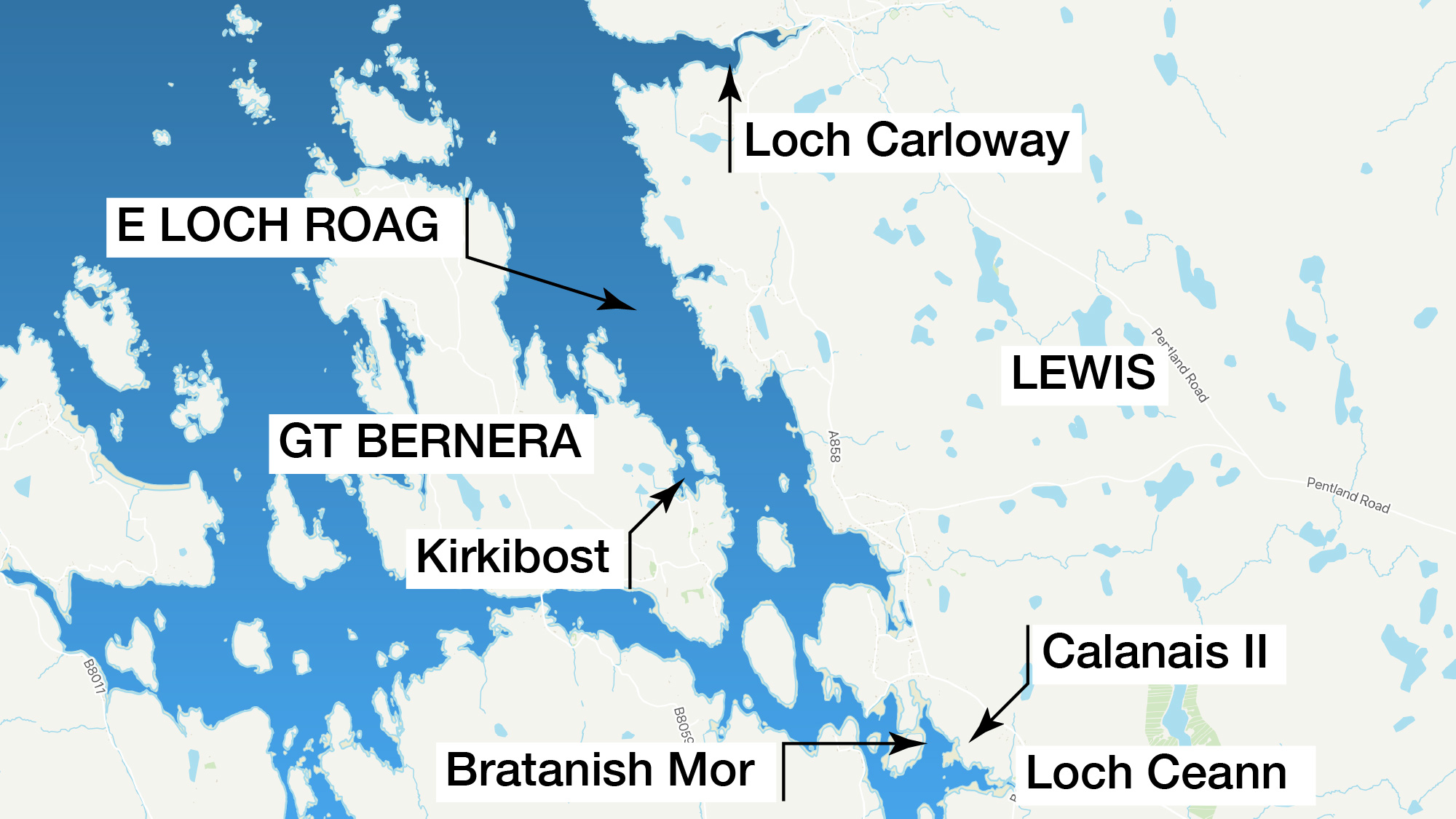
What has Trilleen been doing?
After initially anchoring in a pool next to the pier at Loch Carloway where Fishers kindly sold me some diesel, I ventured by tender into the inner loch behind the pier. The anchorage was an excellent stop, with the anchor burying deep into stiff black mud. The pier too was in good condition, well maintained and with ladders, steps and and a slipway for landing.
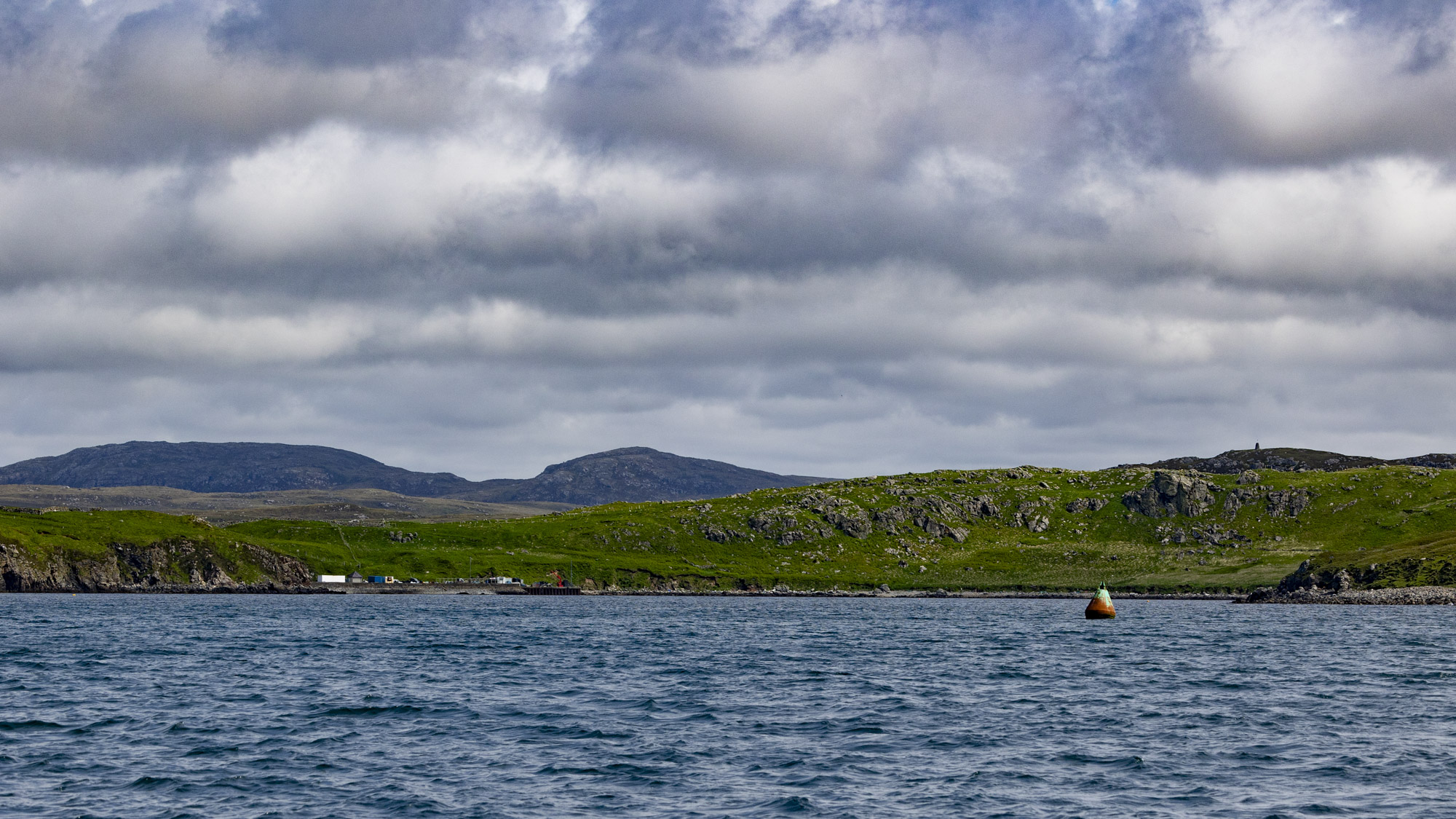
Taking the tender as far as I dared, bearing in mind that I was approaching HW, I moored the her to a drainage culvert, and regretted not carrying a stake to moor her better, before limping the short distance to the excellent community store at Carloway where I also enjoyed their excellent cafe. The deteriorating weather meant that I felt Trilleen and I might be better off further into the loch, so we headed for Bratanish Mor under the stones of Calanais (Calanish) II.
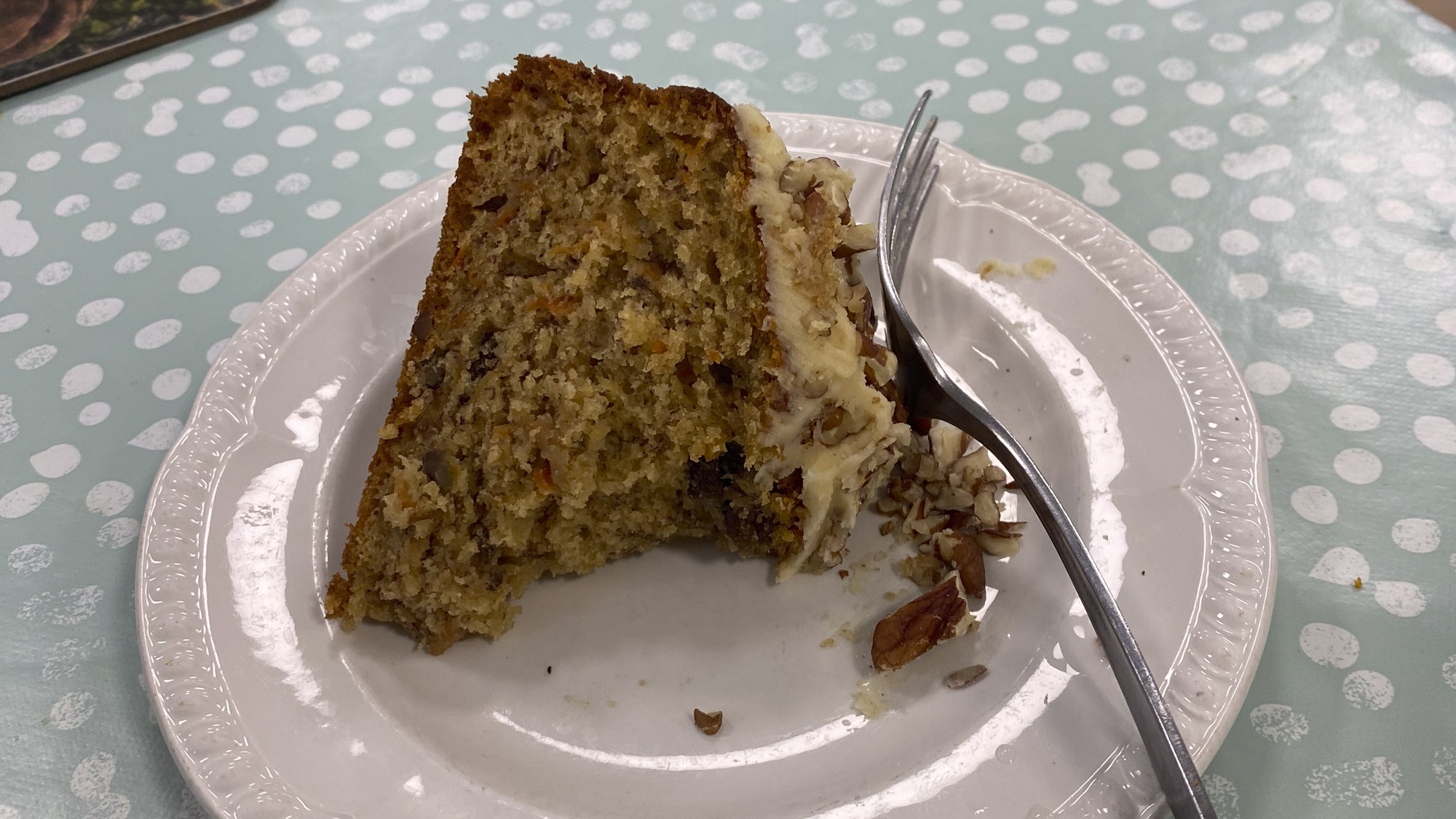
For entertainments sake, on the way we negotiated the the tortuous channel round the west of Eileen Kersay. Winding through the steep rising hills and rugged shorelines of Lewis, there is surprising amount of contemporary habitation, some of modest form, and others definitely not. Everywhere there are the ghostly traces of our ancestors, in field systems, abandoned crofts, together with more abstract ruination and monument from deep time.

I brought Trilleen to anchor under the stones of Calanais II in what the Clyde Cruising Club pilot refers to as a temporary anchorage, but which I found to be good and solid with the anchor in grey mud under light weed. I lay there for several nights, absorbing the silence – especially at dawn and dusk when the steady stream of visitors to the stones dissipates.

Anchored here in the pool its obvious why this loch was such an attraction to our ancient forefathers. The huge tidal range exposes shellfish everywhere for easy picking. The water too is rich, as the hunting dolphins, divers and cormorants together with the Sea Eagles that make this remote loch their home show. Ashore the remains of field systems and the contemporary browsing pasture animals show that to some extent at least agriculture was and remains possible.

After three days though I felt that I’d like an even more secure anchorage due to the severity of the weather moving in so I moved towards Dubh Tobh (Kirkibost). I approached entirely ready to drop the hook again, and to my pleasure found a new secure small craft pontoon run by the Great Bernera Community Development Trust, which was plenty deep for Trilleen with power and water – both of which are always very welcome.
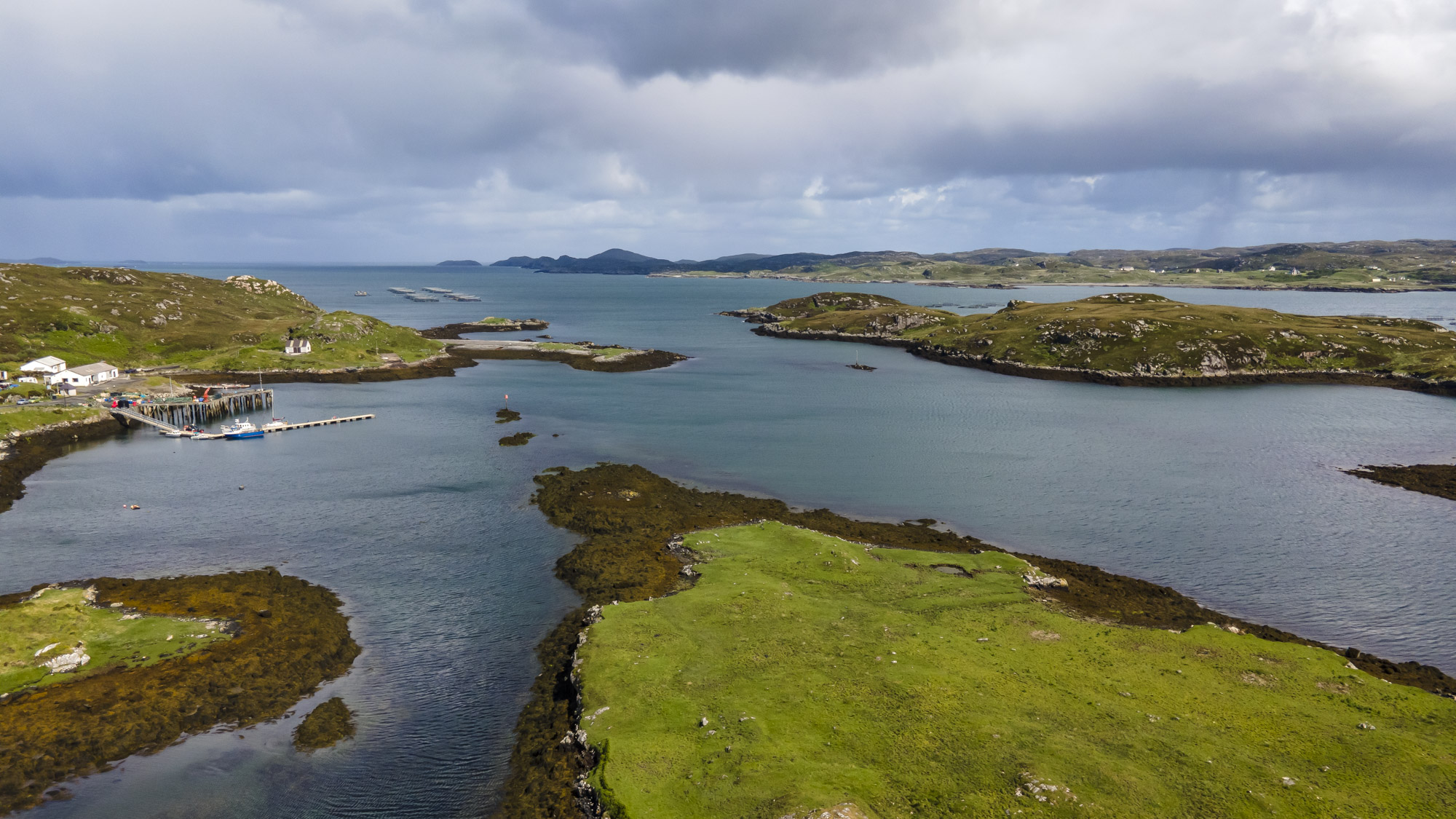
Here the brief northern summer is is in full swing and is a constant reminder of the delays I’ve had this trip so far. Bees are feeding at a furious rate, desperate to secrete away sufficient honey to survive another long, bleak, hard, winter, and young lambs are being forcibly discouraged by Ewes from seeking milk.
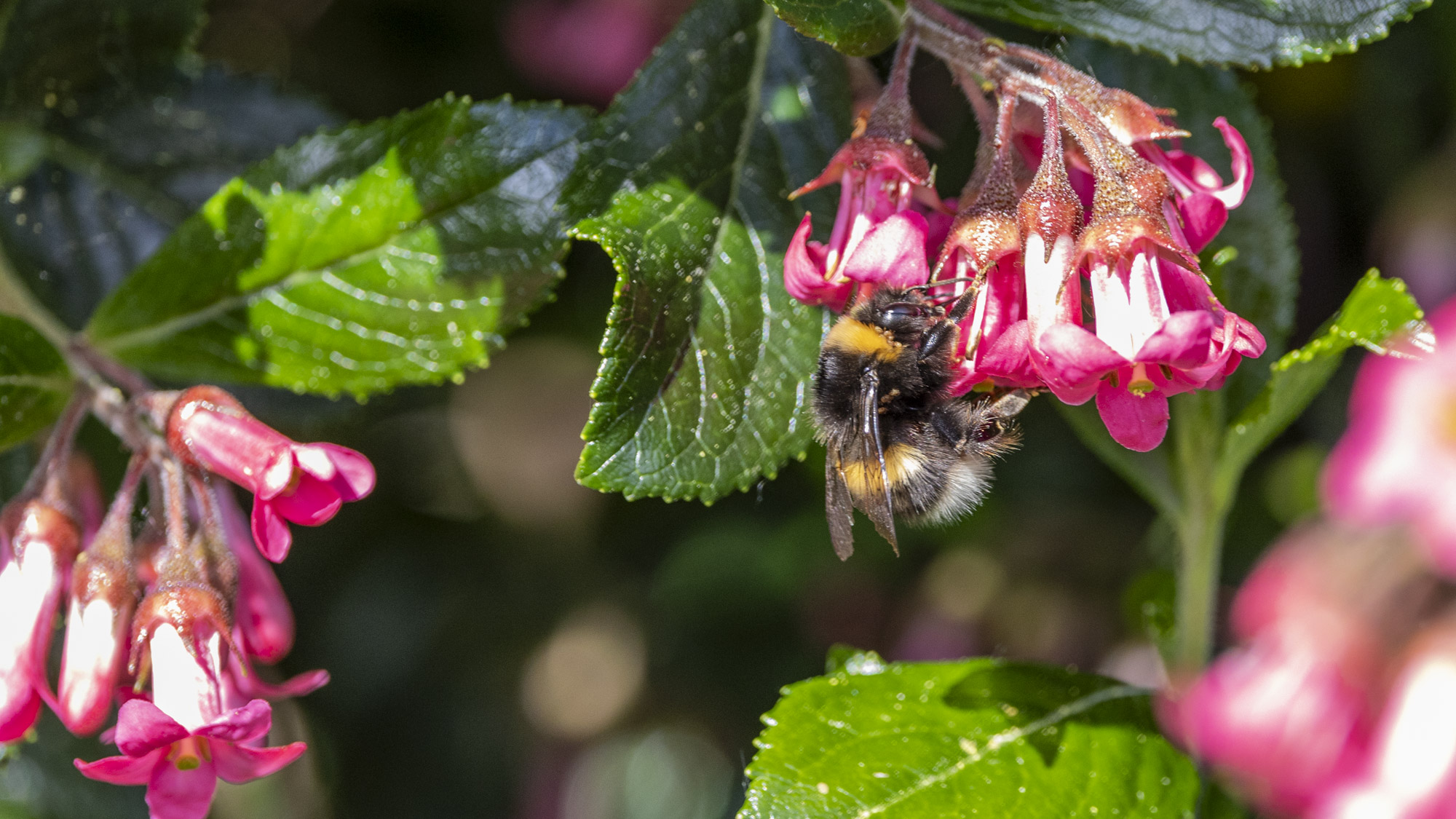
I very much need the passage frequency rate to go up, especially since I have a necessary logistics stop planned in Shetland. Despite the remoteness, Tesco managed to deliver most of a groceries order which also restocked Trilleen and prevented me making a long and somewhat complex trek to Stornoway by bus.
Why has Trilleen been stationary for so long (again)?
The sea conditions and winds we have been having here are unseasonably disorganised and strong, and have significant northerly components which makes moving north complicated. While the strength of the wind and size of the sea would not be a problem in open ocean. In the littoral and the edge of the Continental Shelf they definitely are.
Waves can pile up unexpectedly irregularly, and there are islands and potentially dangerous pieces of water to leeward (downwind). This means that should conditions worsen at sea, running away under a reefed staysail or even bare poles isn’t a safe option as it would be in the ocean. Passing through the Pentland Firth or the Fair Isle Channel in bad sea conditions is not a healthy or life enhancing experience. I also know that I am not yet an experienced enough seafarer to manage Trilleen in those conditions, and maintaining that realism is an important part of keeping myself safe at sea.
